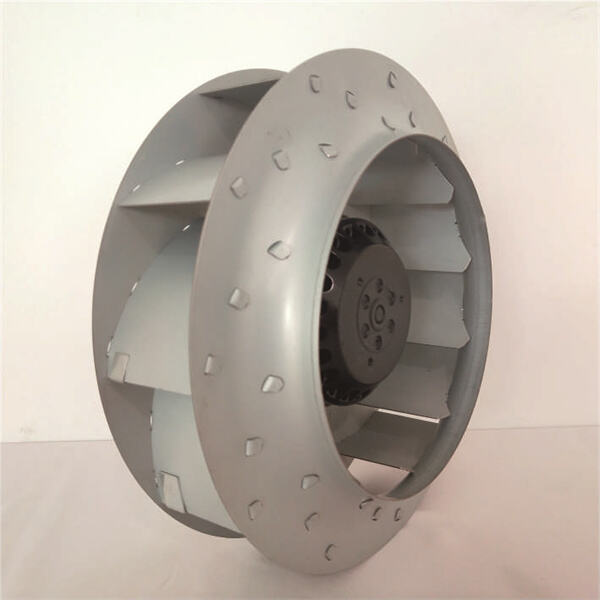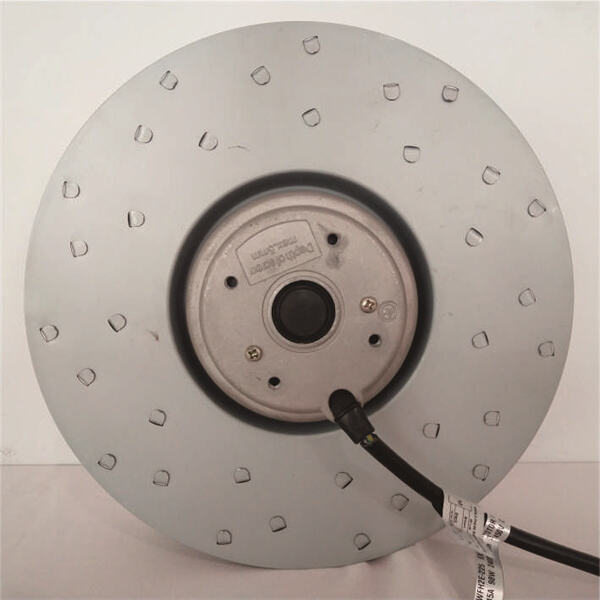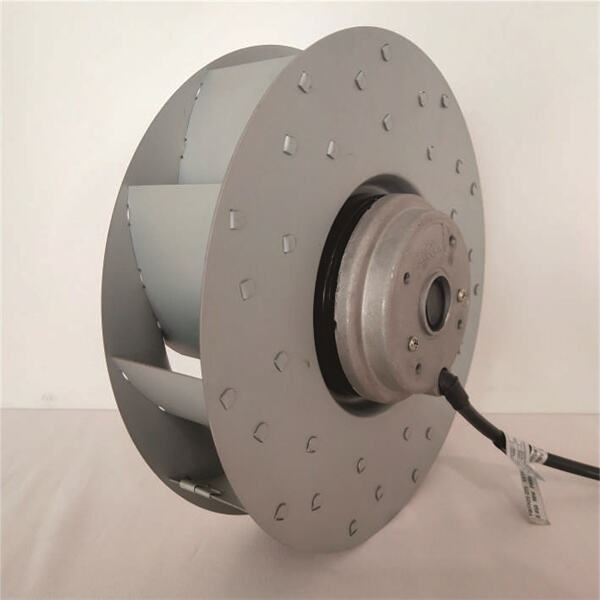Have you ever heard of a backward curved centrifugal blower? A backward curve is a unique type of curve that extends in the opposite direction than mindless people. A backward curve goes down, down, down, and then back up again, much like a tall hill. Believe it or not, backward curves are extremely important in lots of places in our lives from mathematics, science, and even our own anatomy! They tell us about change, like how fast a car can go, or how a tiny seed evolves into a gigantic flower.
It is very interesting and fun to learn about the science behind backward curves. Something that distinguishes backward curves from regular curves is that they frequently reveal things that speed up and slow down with time. Take, for example, when you throw a ball up into the air. It makes a rapid ascent initially but it reduces speed more and more as it goes higher and higher in the sky. Then after the very top when the ball starts to fall back down to the ground it accelerates again. This type of motion — going up, quickly slowing down, and then speeding back up again — can be represented with a backward slope.
In science, backward curved centrifugal fans explain a wide variety of phenomena. For example, they can explain how a disease is transmitted between individuals or the amount of rain that falls in a portion of land over a period. Scientists apply math through equations and graphs to observe these changes in detail to gain information about our surroundings and the interconnectedness of the different aspects.
There are also ups and downs to working with backward curves. The positive part is that backward curves lets us understand complex flows of information. And they can also help us predict what may happen next. For example, engineers and scientists could use backward curves to create machines or programs that needed to speed up and slow down at certain times. This can be super useful in order to ensure a seamless operation.

But working with backward curves also comes with risks. If we don’t understand them well enough, we make the wrong guesses, and they can be dangerous.” Take the example of a transportation company that was clueless on how to employ backward curves to forecast speed for a train. If they neglect how quickly the train can brake, they could end up taking longer to come to a stop than desired. This could cause accidents and injured which is why knowing the backward curves are so significant.

In the life reality backward curve designing and usage are combined with the experience, skill, and science. It’s about knowing the data you have and how to do math and graphs to explain it more simply. For instance, engineers designing a roller coaster could use backward curves to make sure at what speed the roller coaster should go through different parts of the ride. Backward curves are also employed to determine how long the ride will take to slow down or speed up safely.

In psychology, backward curves help monitor how people’s feelings over time change with experiences. For instance, researchers might study how emotions such as happiness or sadness, can swell and recede based on the events that transpire in a person’s life. In the case of economics, we can look at backward curves to form an outline of how we can see future market changes in buying/selling things. This is so businesses can be aware of this and plan ahead.